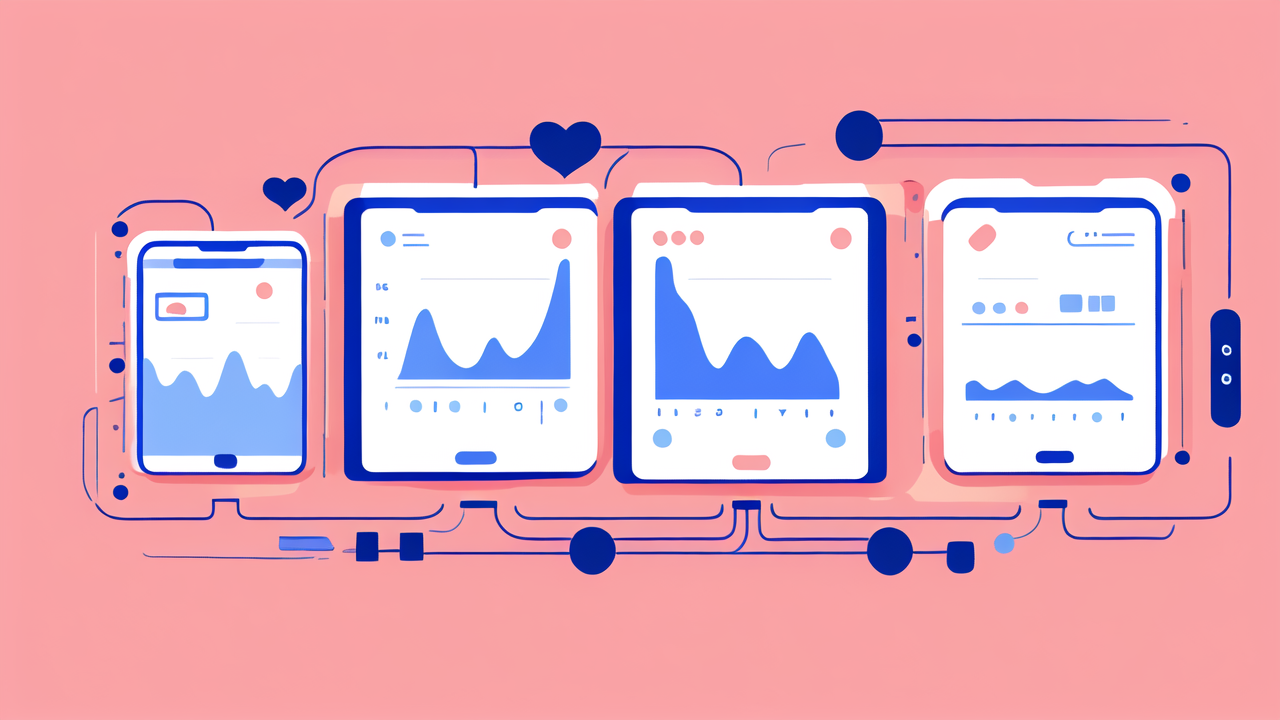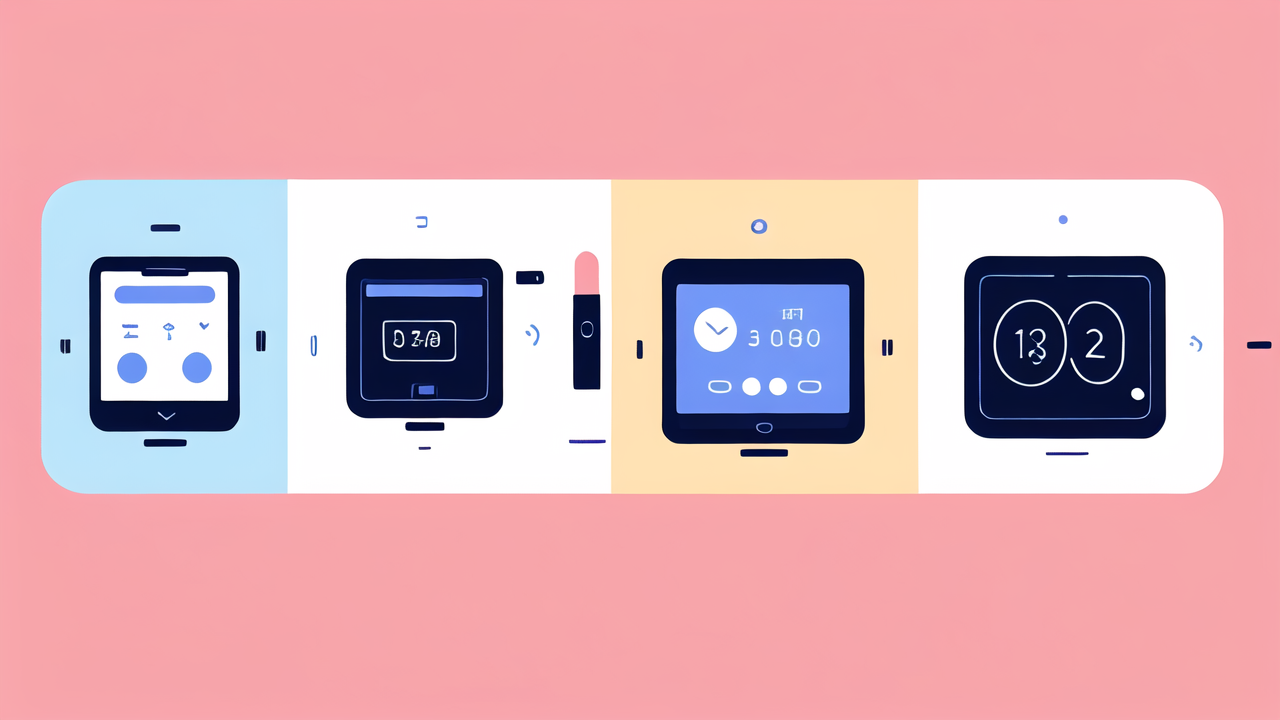The Evolution of Digital Watches: From Simple Timekeepers to Health Trackers
The inception of digital watches in the 80s
Digital watches first appeared in the 1980s. They were a big change from older watches. These new watches used numbers instead of hands to show time. They were more accurate and had extra features. People could set alarms and use stopwatches. Some even had calculators built-in. These early digital watches were simple but revolutionary. They paved the way for today's smart watches. The 80s digital watches were a glimpse into the future of wearable tech.

Integrating health features in modern digital watches
Modern digital watches have come a long way. They now include many health features. Step counting was one of the first health tools added. This helped people track their daily activity. Heart rate monitors came next. They let users check their pulse anytime. Sleep tracking became popular too. It helps people understand their rest patterns. Newer watches can measure blood oxygen levels. Some can even detect falls and call for help. These health features make digital watches more useful than ever. They're not just for telling time anymore.
Regulatory impact on health-centric wearables
As digital watches add more health features, they face new rules. The FDA has started to look at these devices more closely. They want to make sure the health data is accurate and safe. Some features, like ECG, need FDA approval. This can slow down the release of new watches. But it also makes them more trustworthy. Companies have to prove their devices work well. This helps protect consumers. It also pushes companies to make better products. The rules are still changing as technology grows. This will shape the future of health-focused digital watches.
Key Features of Next-Gen Digital Watches
Advanced health metrics: BP, ECG, and more
New digital watches can do amazing things for our health. They can measure blood pressure without a cuff. This helps people track their BP daily. ECG features can spot heart rhythm problems. Some watches can check blood sugar levels without needles. Others can measure body temperature. These watches can even track stress levels. They use heart rate and other data to do this. Some are working on features to detect diseases early. These advanced metrics make watches powerful health tools. They help people take charge of their well-being.

Integration of AI and Machine Learning for personalized health analysis
AI and machine learning are making digital watches smarter. These technologies can spot patterns in health data. They learn what's normal for each person. This helps them give personalized advice. For example, they might suggest when to exercise or rest. They can predict health issues before they happen. Some watches use AI to analyze sleep patterns. They then offer tips for better sleep. Machine learning helps watches understand workout intensity. It can suggest ways to improve fitness routines. These smart features make digital watches like personal health coaches.
Battery life and charging considerations for all-day health monitoring
All-day health tracking needs good battery life. Companies are working hard on this. They're making batteries that last longer. Some watches can now go for days without charging. Others use solar power to extend battery life. Wireless charging is becoming more common. It makes it easier to keep watches powered up. Some watches have power-saving modes. These turn off less important features to save energy. Quick charging is another helpful feature. It lets users top up their watch in just minutes. Good battery life is key for reliable health monitoring.
Market Trends and Consumer Adoption in the United States
Analyzing the growth of the wearable fitness technology market
The wearable fitness tech market is booming in the US. More people are buying digital watches for health reasons. Sales have gone up every year. The COVID-19 pandemic made health a bigger priority. This boosted the market even more. Big tech companies are investing heavily in this area. They see it as the future of personal health. Fitness watches are no longer just for athletes. They're for anyone who cares about their health. The market is expected to keep growing. New features and better accuracy will drive this growth. Wearable fitness tech is becoming a part of everyday life for many Americans.

Consumer preferences for health-focused digital watches
Americans are showing clear preferences in health watches. They want devices that are easy to use. Long battery life is very important to them. People like watches that can track many health metrics. But they don't want to sacrifice style. Many prefer watches that look good with any outfit. Water resistance is another key feature. Users want to wear their watches while swimming or showering. Privacy is a growing concern. Consumers want control over their health data. They also prefer watches that work with their smartphones. Price is still a factor, but many will pay more for quality health features.
Impact of digital watches on the US health care system
Digital watches are changing healthcare in the US. They're helping people catch health issues early. This can lead to better outcomes and lower costs. Some doctors now use watch data to help diagnose problems. Insurance companies are starting to offer discounts for active watch users. Hospitals are looking at ways to use watch data for patient care. These watches can help manage chronic conditions like diabetes. They're also useful for monitoring patients after they leave the hospital. Digital watches are making healthcare more proactive. They're helping shift the focus from treating illness to preventing it. This could lead to big changes in how healthcare works in the US.




Leave a comment
This site is protected by hCaptcha and the hCaptcha Privacy Policy and Terms of Service apply.